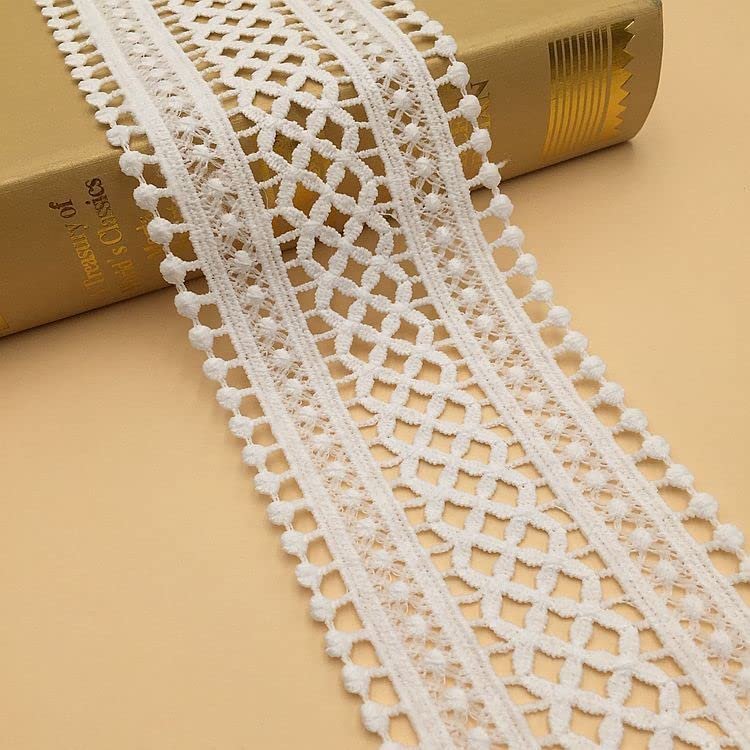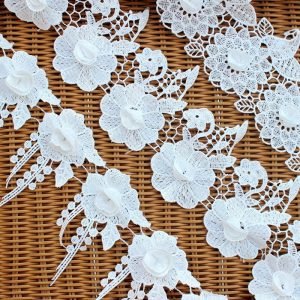Cotton trim, with its versatility, durability, and aesthetic appeal, holds a special place in the world of textiles. From intricate lace edgings to simple yet elegant ribbons, cotton trim enhances garments, accessories, and home décor with its timeless charm. This essay explores the fascinating journey of cotton trim production, tracing its historical roots, manufacturing processes, creative applications, and enduring relevance in contemporary fashion and design.
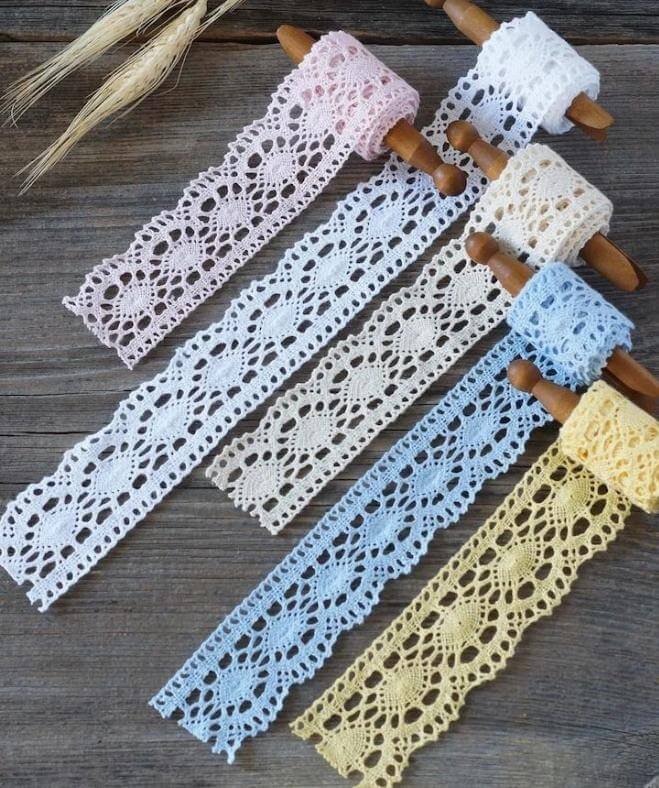
The history of cotton trim production dates back centuries, intertwining with the evolution of textile craftsmanship and trade. In ancient civilizations such as Egypt, Mesopotamia, and India, cotton was cultivated and woven into fabrics adorned with decorative trimmings. As textile techniques advanced, artisans began embellishing cotton garments with intricate embroidery, lacework, and braiding, adding flair and sophistication to clothing and household textiles. The Industrial Revolution further revolutionized cotton trim production, with mechanized looms and mass production techniques making trimmings more accessible to a wider audience.
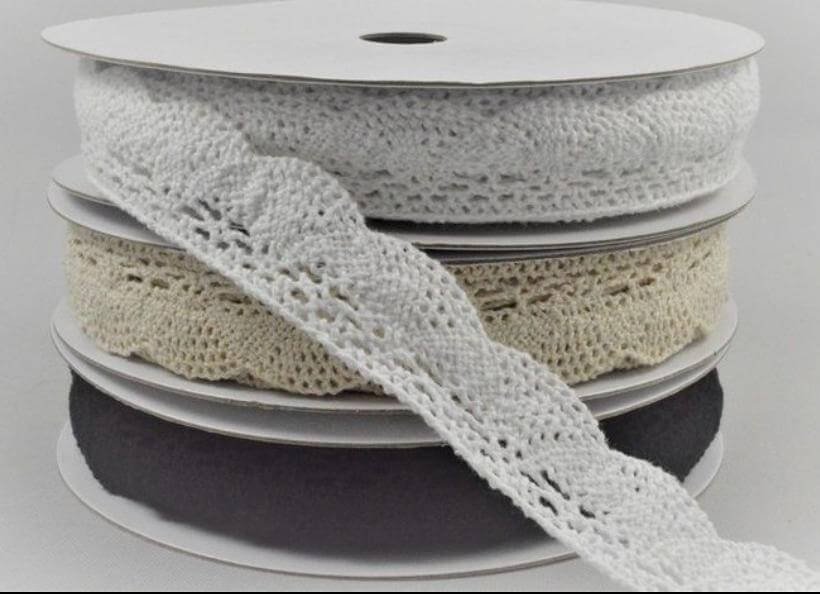
Cotton trim production encompasses a variety of manufacturing processes, each contributing to the creation of unique textures, patterns, and finishes. One of the most common techniques is weaving, where cotton yarns are interlaced on a loom to create ribbons, tapes, and braids of varying widths and designs. Embroidery, another popular method, involves stitching decorative motifs onto cotton fabric or lace edgings using specialized machines or hand embroidery techniques. Additionally, chemical treatments, such as dyeing and printing, can be applied to cotton trim to enhance color vibrancy and add decorative elements.

Cotton trim finds myriad applications across fashion, home décor, crafts, and beyond, thanks to its versatility and adaptability. In the realm of fashion, cotton trim adorns garments with delicate lace accents, embroidered embellishments, and decorative edgings, adding texture and visual interest to apparel. From bohemian-style dresses adorned with crochet lace trim to tailored blouses accented with ribbon details, cotton trim enhances the aesthetic appeal of clothing while providing functional reinforcement.
In home décor, cotton trim adds a touch of elegance and charm to curtains, cushions, bedding, and upholstery. Whether used as edgings for curtains, decorative borders for pillow covers, or embellishments for table linens, cotton trim infuses spaces with personality and style. Additionally, cotton trim is a popular choice for DIY and craft projects, allowing hobbyists and artisans to unleash their creativity in making personalized gifts, accessories, and decorations.
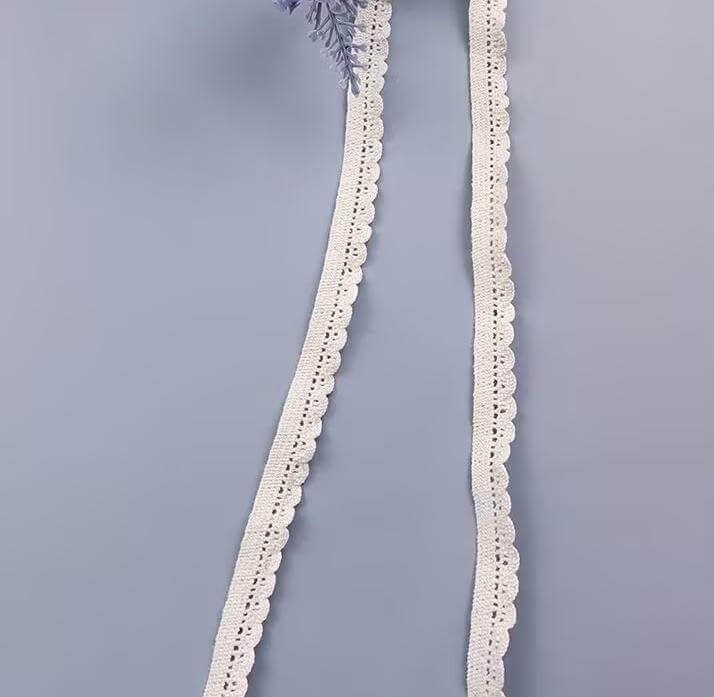
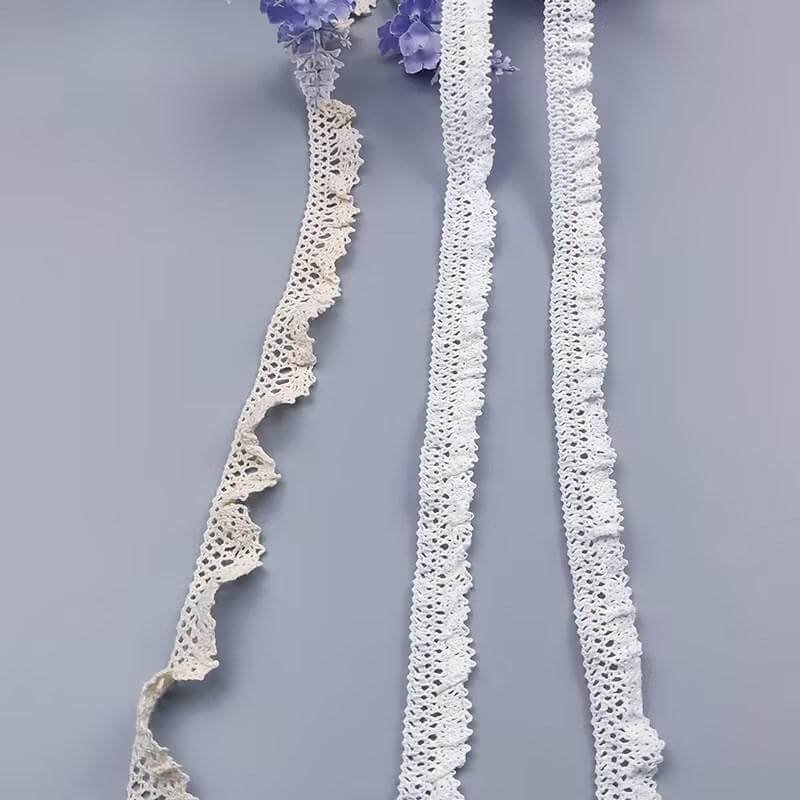
In today's fashion and design landscape, cotton trim continues to captivate designers, artisans, and consumers alike with its timeless appeal and versatility. While traditional techniques remain integral to cotton trim production, advancements in technology have opened up new possibilities for innovation and creativity. Digital printing techniques, laser cutting technology, and computerized embroidery machines enable designers to create intricate patterns, detailed motifs, and custom designs with precision and efficiency.
Moreover, as sustainability becomes increasingly important in the textile industry, there is a growing demand for organic cotton trim produced through environmentally friendly and socially responsible practices. Manufacturers are embracing eco-friendly dyeing methods, sourcing organic cotton fibers, and implementing fair labor practices to meet the ethical and environmental expectations of consumers.
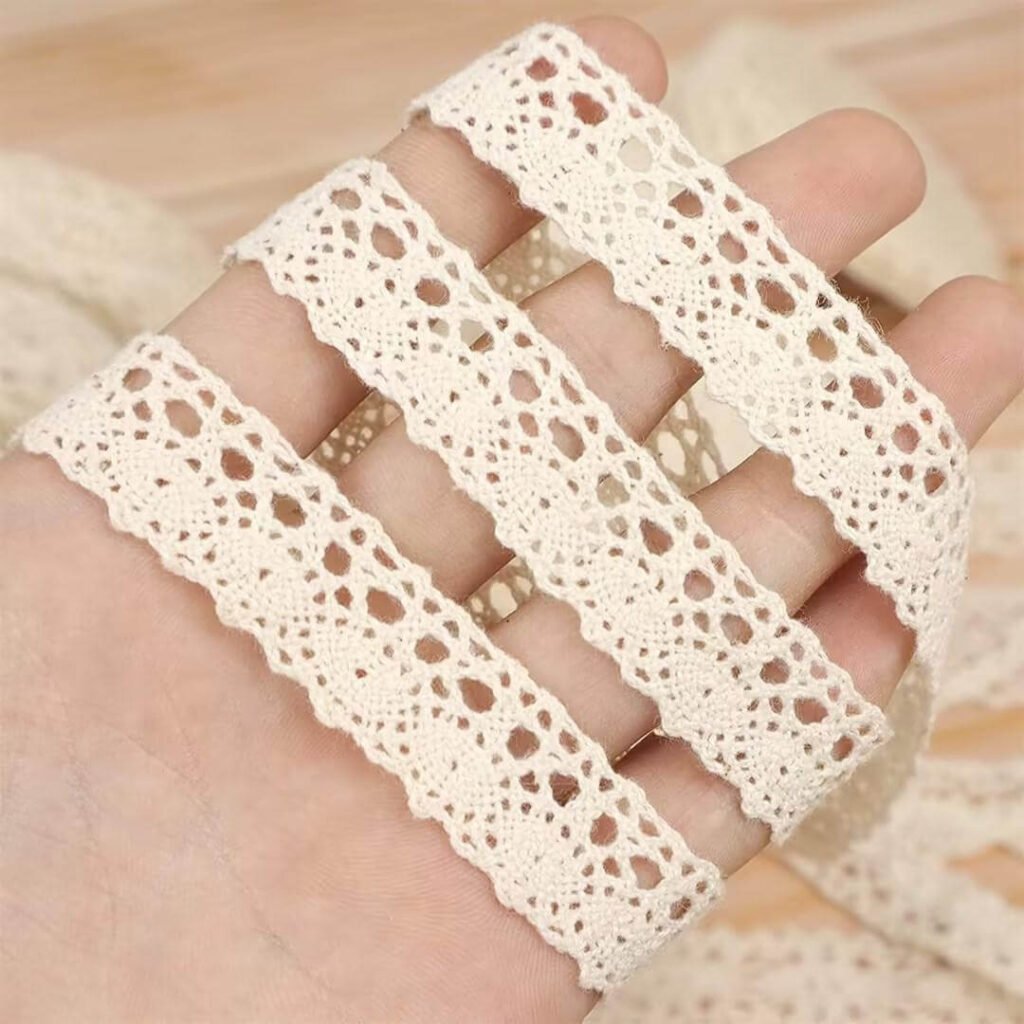
In conclusion, cotton trim production is a captivating blend of artistry, craftsmanship, and innovation that continues to thrive in today's fashion and design landscape. From its ancient origins to its contemporary applications, cotton trim embodies the enduring appeal of natural fibers and the timeless beauty of handmade embellishments. As designers and consumers seek authenticity, quality, and sustainability in their textile choices, cotton trim remains a cherished component of garments, accessories, and home furnishings, weaving beauty into the fabric of everyday life.
